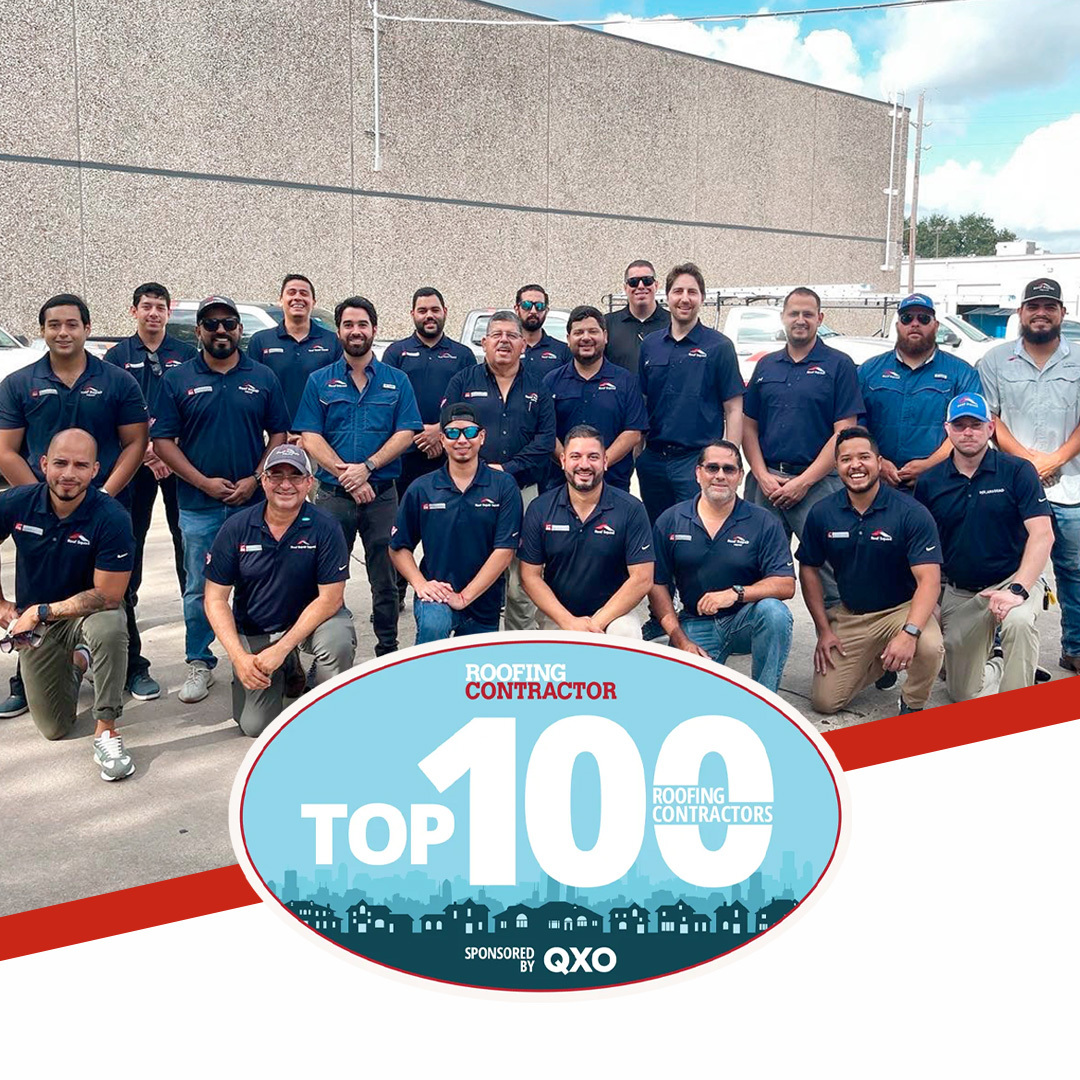It’s easy to feel overwhelmed in the immediate aftermath of a storm, but remember, we’re on your side. To help you through this time, we’ve put together a list of the 5 essential things to keep in mind after a storm damages your roof.
1. If a tree or other large object fell on your roof, stay out of your home.
Trees and other large objects can cause major structural damage to your home. For your safety, it’s best to get out of the house and stay out until a contractor can determine if it’s safe to go back in. (Make sure you bring your homeowners insurance information with you when you leave, in case you won’t be able to get back into the house for a long time.)
Many insurance companies have very short windows in which you can file a claim. Sometimes these windows are as short as 14 days. If you know you have roof damage, it’s best to file a claim as soon as possible so you don’t miss this deadline.
Keep in mind that that storm damage can be subtle.
Sometimes storm damage (like the aforementioned tree) can be obvious. Other times, you might not even be able to see it from the ground. That’s why it pays to have a roof inspection as soon as the storm is over. Only then will you know for sure that your roof has been damaged by the storm and be able to have repairs made.
4. Work with a roofer that knows how to deal with insurance companies.
Ensuring that storm damage is properly fixed is only half the battle. The other half is ensuring that your insurance company honors your policy. It’s best to find a roofer that knows how to do both, which will save you a great deal of hassle.
5. If you can afford it, consider upgrading your roofing material.
After you’ve gone through storm damage once, you probably won’t want to do it again any time soon. Upgrading your roofing material from asphalt shingles to something like metal or composition shingles might make it less likely that you have to. While your insurance company might not pay the full cost of the upgrade, they could offer you a discount on your home insurance premiums going forward. Plus, the knowledge that you (hopefully) won’t have to go through this again will be priceless!
Got Storm Damage? Contact us here for a FREE consultation.










